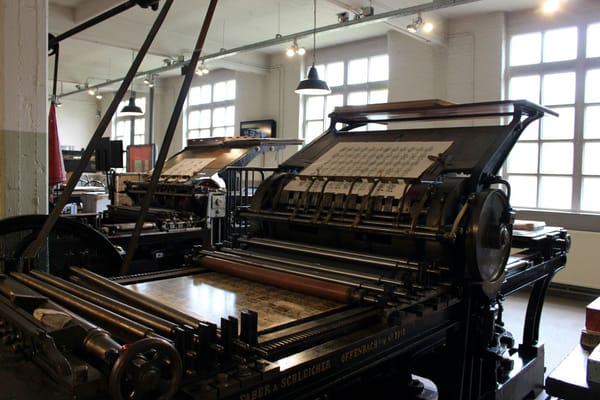Lipids

Lipids are a critical part of our bodies. They have four different purposes: to act as waterproofing, act as chemical messengers, store energy, and form cell membranes.
There are many different types of lipids, and they all share some of the same characteristics: they don't dissolve in water, and they store large amounts of energy. Some good examples of lipids are:
Triglycerides
Triglycerides are used by organisms for energy storage. They are composed of glycerol and one to three fatty acids. A lot of energy is stored in triglycerides, and when broken down, this energy can be used by the body or stored for later use. Triglycerides can be found in vegetable oils and animal fats.
Phospholipids
Phospholipids are the primary molecules used by our cells in cell membrane. They are made of one glycerol molecule, two fatty acids, and one phosphate group. One side of the phospholipid loves water and the other hates water. The water-hating parts are arranged in a tunnel so that water can't pass through, but other molecules can.
Steroids
Steroids are signaling molecules. Their purpose is to send messages to other cells. Cholesterol is an example of a steroid.
Waxes
Waxes can waterproof surfaces (a duck's feather is covered in a layer of wax), or make structures (beeswax).




